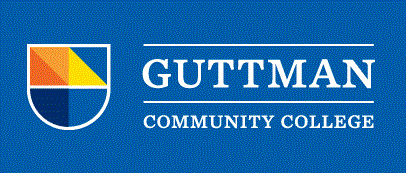
Publications and Research
Document Type
Other
Publication Date
6-2011
Abstract
Resource allocation is a major issue in multiple areas of computer science. Despite the wide range of resource types across these areas, for example real commodities in e-commerce and computing resources in distributed computing, auctions are commonly used in solving the optimization problems involved in these areas, since well designed auctions achieve desirable economic outcomes.
Auctions are markets with strict regulations governing the information available to traders in the market and the possible actions they can take. Auction mechanism design aims to manipulate the rules of an auction in order to achieve specific goals. Economists traditionally use mathematical methods, mainly game theory, to analyze auctions and design new auction forms. However, due to the high complexity of auctions, the mathematical models are typically simplified to obtain results, and this makes it difficult to apply results derived from such models to market environments in the real world. As a result, researchers are turning to empirical approaches.
Following this line of work, we present what we call a grey-box approach to automated auction mechanism design using reinforcement learning and evolutionary computation methods. We first describe a new strategic game, called \cat, which were designed to run multiple markets that compete to attract traders and make profit. The CAT game enables us to address the imbalance between prior work in this field that studied auctions in an isolated environment and the actual competitive situation that markets face. We then define a novel, parameterized framework for auction mechanisms, and present a classification of auction rules with each as a building block fitting into the framework. Finally we evaluate the viability of building blocks, and acquire auction mechanisms by combining viable blocks through iterations of CAT games.
We carried out experiments to examine the effectiveness of the grey-box approach. The best mechanisms we learnt were able to outperform the standard mechanisms against which learning took place and carefully hand-coded mechanisms which won tournaments based on the CAT game. These best mechanisms were also able to outperform mechanisms from the literature even when the evaluation did not take place in the context of CAT games. These results suggest that the grey-box approach can generate robust double auction mechanisms and, as a consequence, is an effective approach to automated mechanism design.
The contributions of this work are two-fold. First, the grey-box approach helps to design better auction mechanisms which can play a central role in solutions to resource allocation problems in various application domains of computer science. Second, the parameterized view and the reinforcement learning-based search method can be used in other strategic, competitive situations where decision making processes are complex and difficult to design and evaluate manually.


Comments
This work is a doctoral dissertation completed at The Graduate School and University Center, The City University of New York.